1.#Friday, December 03, 2021. 9:00.AM. 1.#With China out of mind, US and Indian soldiers team up for rare exercise in rough Alaskan conditions : Christopher Woody. : Media Report.
========================================================================================
#With China out of mind, US and Indian soldiers team up for rare exercise in rough Alaskan conditions© US Air Force/Alejandro Peña With China out of mind, US and Indian soldiers team up for rare exercise in rough Alaskan conditions
=======================================================================================
1.#Friday, December 03, 2021. 9:00.AM.
1.#With China out of mind, US and Indian soldiers team up for rare exercise in rough Alaskan conditions : Christopher Woody. : Media Report
=====================================================================================
*In October, US and Indian soldiers trained in Alaska during the latest version of the Yudh Abhyas exercise.
*This year's iteration was the 17th of the exercise but only the second time it has been in Alaska.
==================================================================================
US and Indian soldiers have conducted the Yudh Abhyas exercise for 17 years, but the version held in late October was only the second time they've ventured to Alaska for it.
This year's exercise was conducted as both countries face rising tensions with China, but that was far from mind as soldiers scrambled through deep snow and over mountainous terrain.
Relations with China "did not enter anybody's mind in the course of this exercise," Col. Jody Shouse, the senior US Army officer at the exercise, told Insider in an interview in October. "This exercise was completely about coming together with the Indian Army and becoming one, and China was not factored into this in any way."
© US Air Force/Alejandro Peña
While strategic-level issues, mainly disputes with China, have brought the countries closer in recent years, exercises like Yudh Abhyas are a part of decades-long efforts by their militaries to work together.
Those "bottom-up" efforts are not always linked to higher-level strategic rationales, said Arzan Tarapore, a research scholar at Stanford University focused on South Asian security.
The US and Indian militaries are "training to share knowledge about certain mission sets, to share knowledge about certain competencies, and to learn about each other," Tarapore told Insider. "That's just what they do."
What Alaska offers :
© US Air Force/Alejandro Peña
Yudh Abhyas alternates between India and the US, and this iteration was a year in the making, according to Shouse, commander of the US Army's 4th Infantry Brigade Combat Team (Airborne) — the Army's newest airborne brigade combat team and the only one in the Pacific.
The US and Indian units involved and other higher-level US commanders met several times over the past year to arrange the exercise's two components: a command-post exercise simulating a UN peacekeeping mission and a field-training exercise in different locations in Alaska, held simultaneously.
"We had to select officers from various areas and fields of expertise for the CP exercise. Some of them had some experience with the UN before," Brig. Parag Nangare, 136th (I) Infantry Group commander and senior Indian Army officer at the exercise, told Insider during the interview.
"They brought their experiences and their standard operating procedures with them. We brought ours with us, and then we were able to put them together and create one standard operating procedure at the command-post exercise level," Shouse said.
© US Army/Sgt. Christopher B. Dennis
The field-training exercise was in two parts. The first week consisted of "a kind of a round-robin circuit drill" during which US and Indian soldiers formed four teams that each spent a day at different stations, Shouse said.
Those stations included training to evacuate casualties and sling-loading artillery with helicopters, load and unload aircraft, counter-drone and counter-improvised-explosive-device training, rappel towers and obstacle courses, and weapons familiarization. They also had sports days and cultural exchanges.
The first week was "the building block of the cohesiveness" that was seen during the final exercise, held in Alaska's mountains during the last week of October, Nangare said.
US and Indian soldiers also went to the Black Rapids training area near Denali Mountain for training in "very extreme altitudes and a very extreme, mountainous environment," Shouse said.
That training, done at altitudes of 14,000 feet, allowed both sides to hone their craft.
© US Air Force/Alejandro Peña
"The lesson learned, really, in all this is the Indian army are probably better climbers than the US Army," Shouse said. "We have learned a tremendous amount from what these gentlemen have learned in their country, because they operate at 16,000 feet every single day."
Nangare singled out the training in the mountains and with "the technological availabilities that the US Army has" as especially valuable.
The only other Yudh Abhyas to take place in Alaska was a decade ago, and this year both sides wanted to take advantage of Alaska's mountainous terrain and adverse conditions to "hone their skills and their craft in a different geographical location," Shouse said.
The "shared hardships" of training in that area promoted bonding, the US commander said.
The day Shouse and Nangare spoke to Insider, both had been snowshoeing in the mountains when the weather "turned really bad on us," Shouse added. "That is just what Alaska offers you."
Partners competing together :
© US Air Force/Alejandro Peña
About 100 troops participated in the first Yudh Abhyas in Alaska, "and this time we have a strength of approximately about 650," Nangare said. "That shows the importance of the training and the exercise."
Nangare said there are procedures in place for returning personnel to share their experiences with troops doing similar tasks in India.
Those troops may get more first-hand experience next year, when Yudh Abhyas returns to India. US and Indian officials are already planning for that exercise, in which many of the same US soldiers, including Shouse, will participate.
"I am absolutely going to put our forces on the ground in the Himalayas," Shouse said. "With the new Arctic strategy out and the Army want[ing] us to be dominant in the Arctic, that takes every bit of time that we have to train in very mountainous and extreme conditions, and the Himalayas is just going to give us another way of doing that."
© US Army/Sgt. Christopher B. Dennis
The Himalayas stretch across India's northern frontier, and in recent years Indian forces have had two major standoffs with Chinese troops in disputed areas on the eastern and western ends of that range.
Mountain training is a longstanding focus for the Indian army, and previous iterations of Yudh Abhyas in India have taken place elsewhere in the Himalayas. If next year's iteration takes place "near disputed territory, that would be a bit of a political signal," Tarapore said.
US military officials say the two countries have "gotten closer" because of those standoffs, with the US providing intelligence and material support at India's request, including 10,000 sets of cold-weather gear and sleeping bags, the US Army's top civilian official said this week.
"We would continue to do that and look favorably upon those kinds of requests," Army Secretary Christine Wormuth said at a think-tank event. "We're actually going to be giving them some more next spring."
India has been competing and clashing with China for decades — they fought a major border war in 1962 — and it has moved independently to bolster its military posture, including with US weaponry, along that frontier (as has China), so New Delhi isn't "buying into a US program" to counter Beijing, Tarapore said.
© US Air Force/Alejandro Peña
India has long eschewed formal alliances, seeking "strategic autonomy," nor is the US offering such an alliance to India, "but the partnership is doing everything it can up to that point," Tarapore said.
"This is an India that is competing with China and a US that is competing with China coming together and realizing that they have a lot of mutual interests in how they can compete with China together," Tarapore added.
At the soldier-to-soldier level, the value of Yudh Abhyas and the reward of working together during it was clear, Shouse and Nangare said.
"I've been in command for about four months now. This has been the single most rewarding exercise that I have been able to be a part of," Shouse said, "We cannot do anything in this world without our partners, and it is exercises like this that strengthens that."
In the field and during the command-post exercise, US and Indian soldiers worked "like a homogeneous single entity," Nangare said. "The bonding that has taken place between the troops of both countries is amazing to see."
Christopher Woody
End.
=====================================================================================
JAI HIND
JAI BHARATHAM
VANDHE MADHARAM
BHARAT MATHA KI JAI.
================================================================================








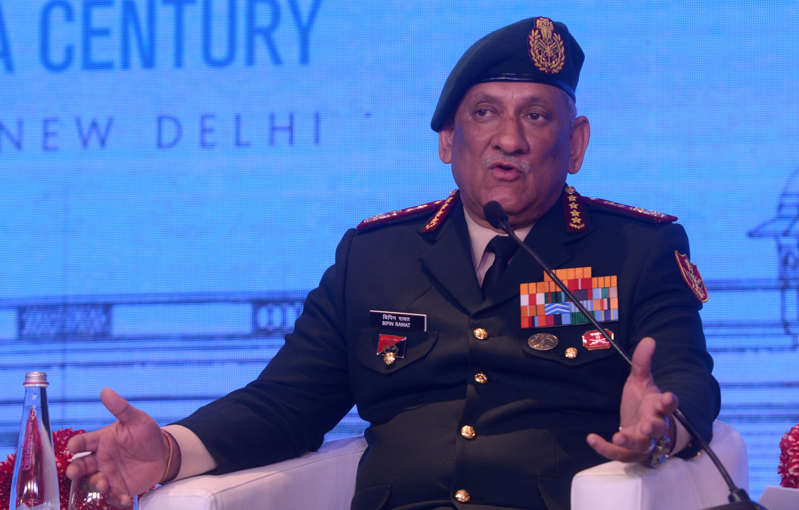
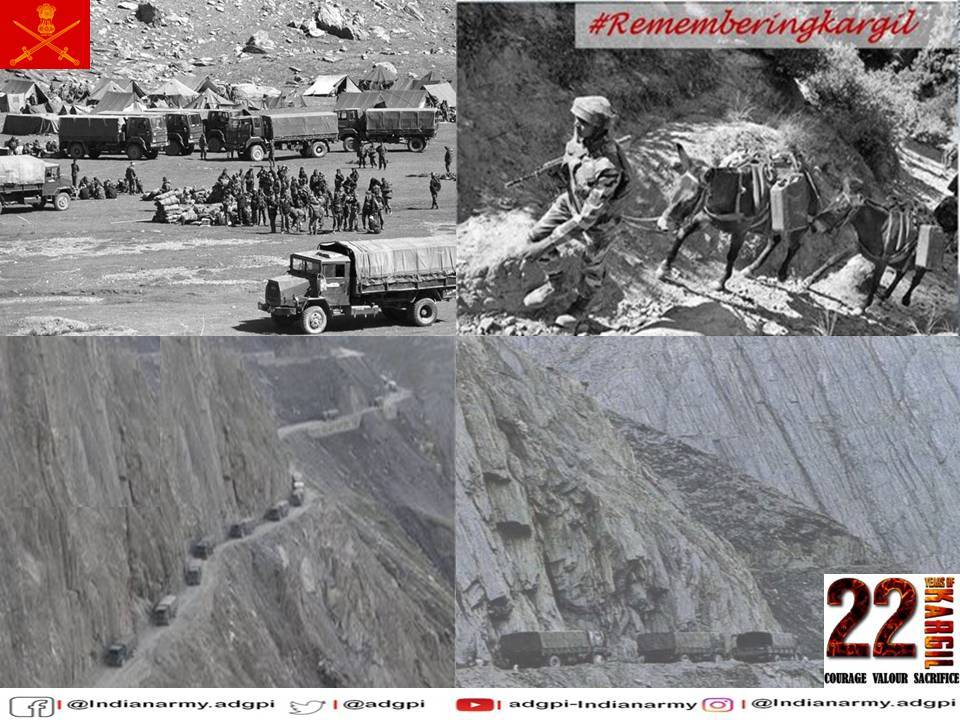

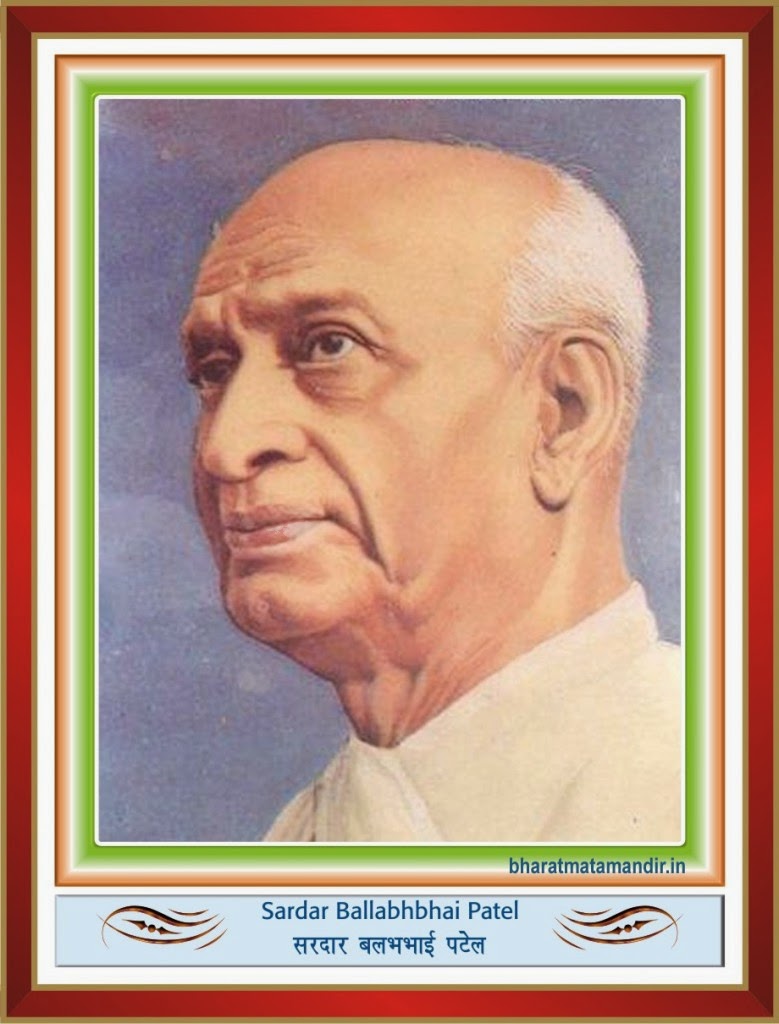
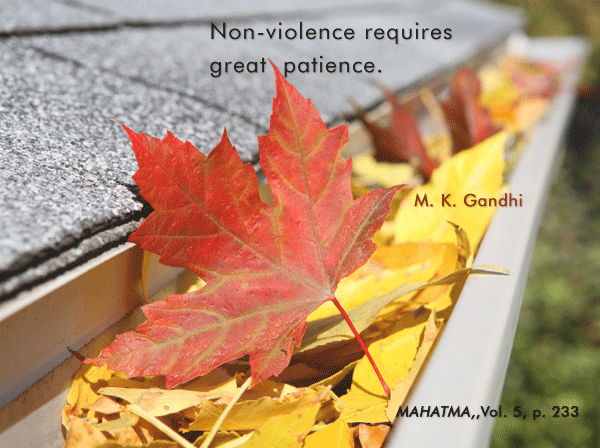
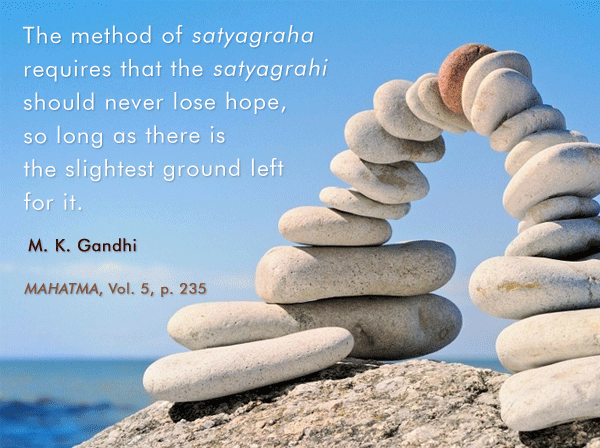
Comments